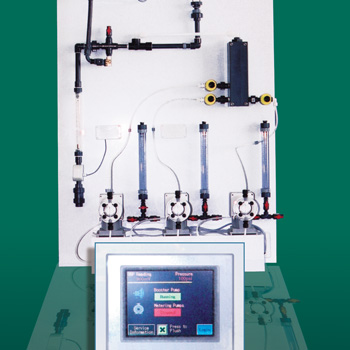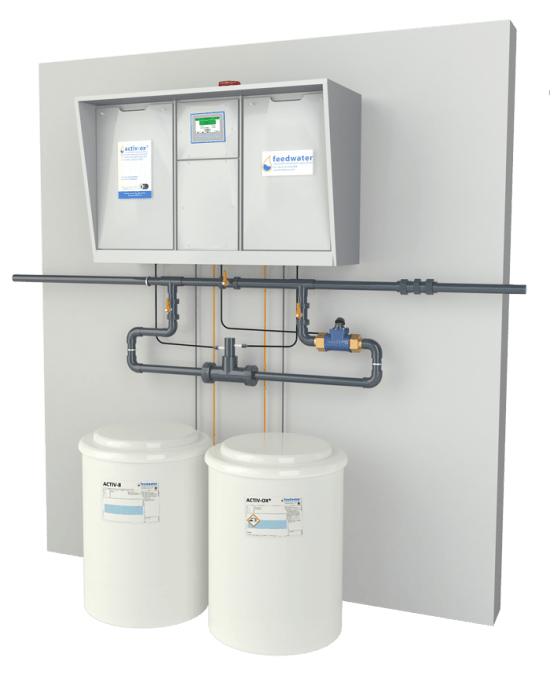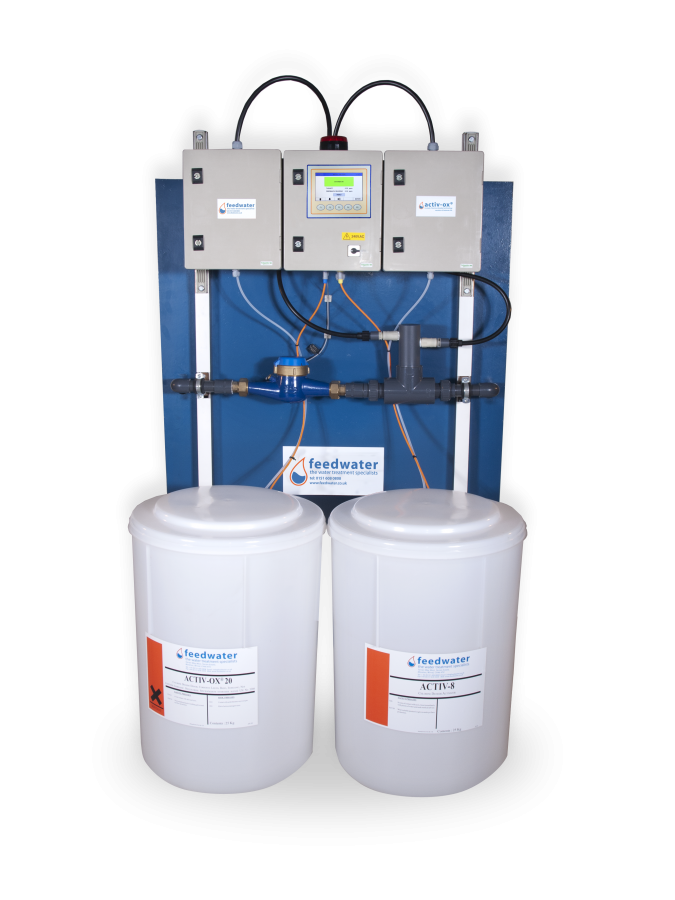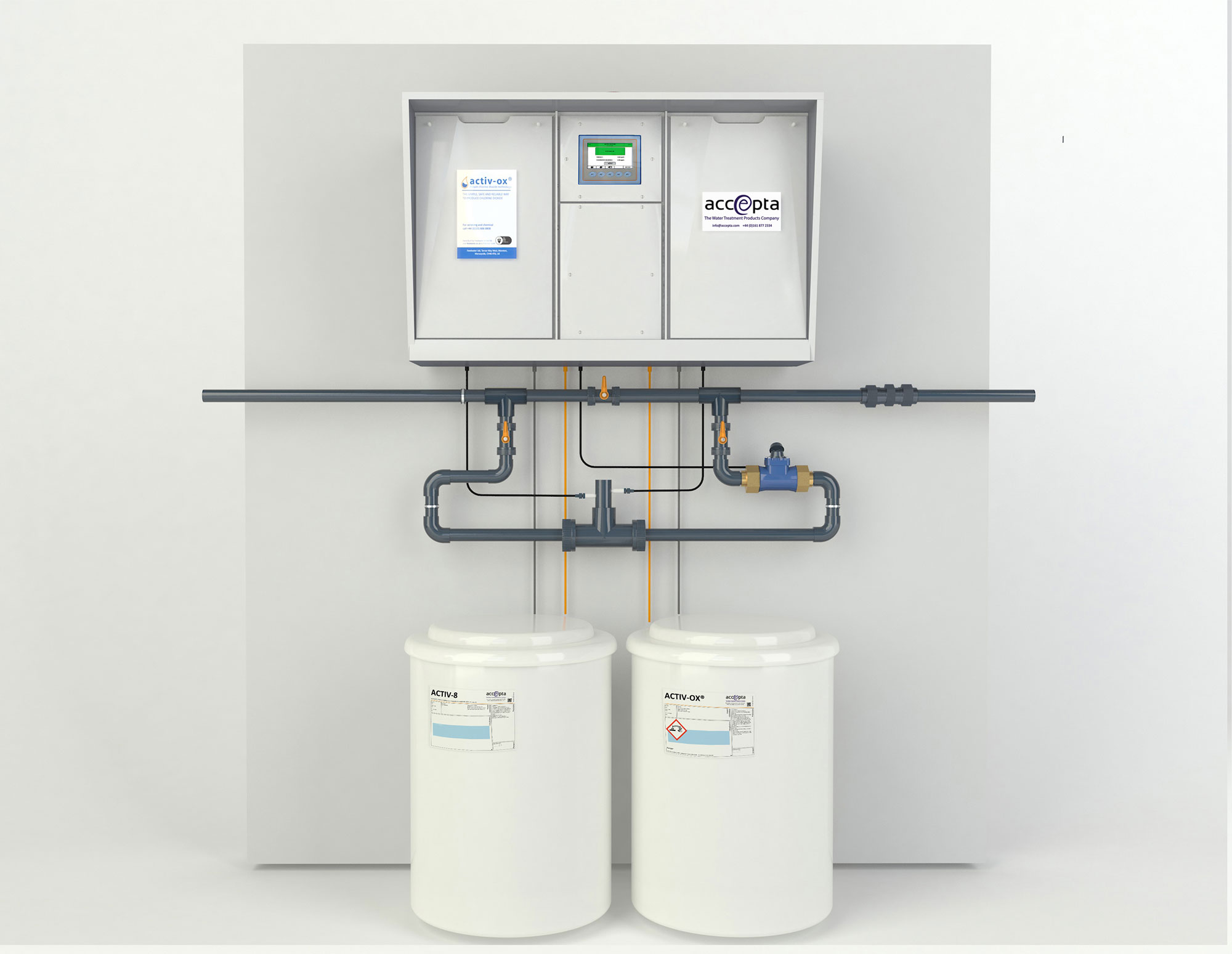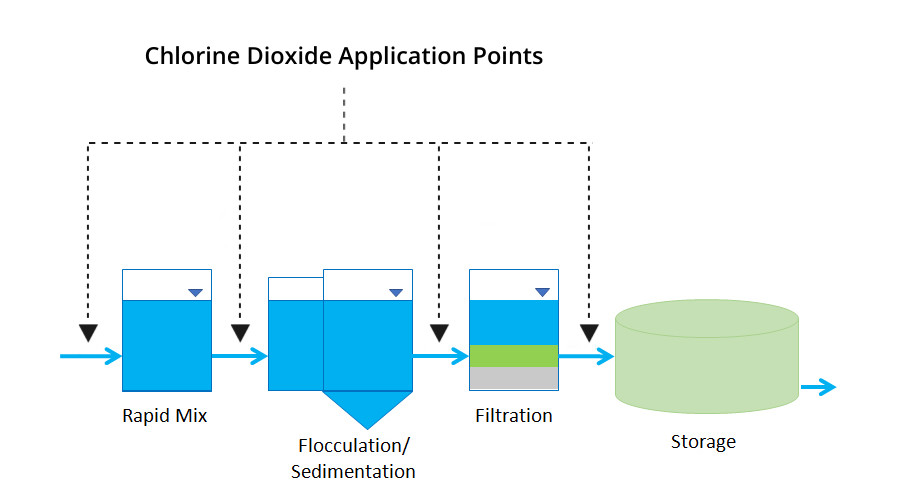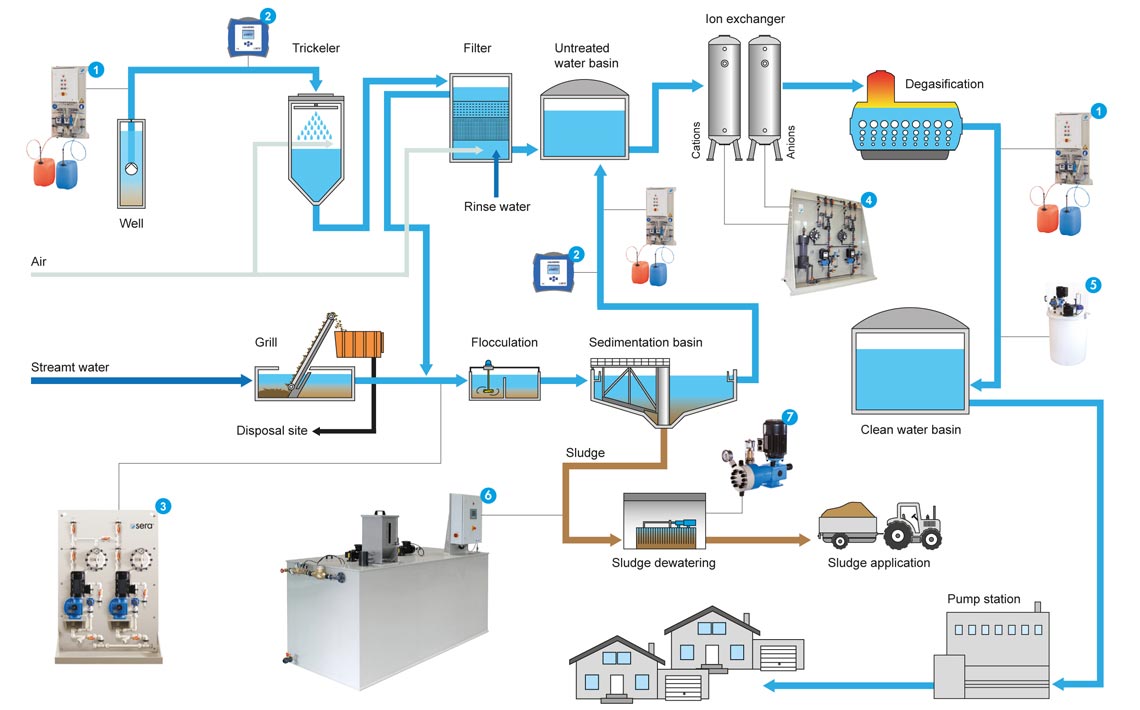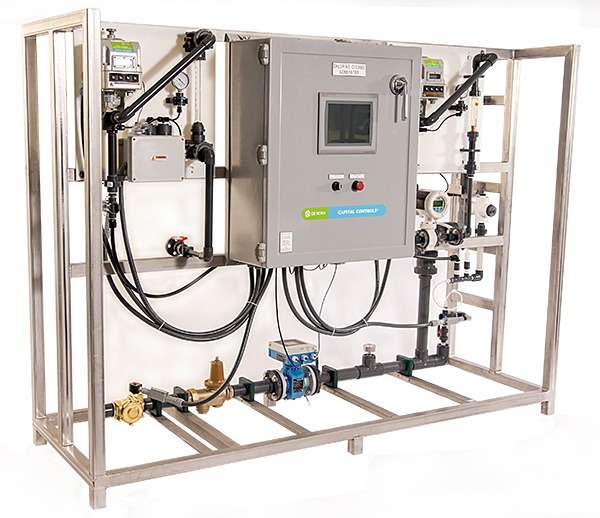Chlorine dioxide is used in many industrial water treatment applications as a biocide including cooling towers process water and food processing.
Chlorine dioxide based water treatment in the food industry.
It can be used for both pre oxidation and post oxidation steps.
The fda and the u s.
Examples include treating pasteurizer cooling water washing fruit and vegetables and disinfecting food contact surfaces.
Resin fouling reduces the capacity of the softener and results in high feed water hardness and boiler deposits.
By adding chlorine dioxide in the pre oxidation stage of surface water treatment the growth of algae and bacteria can be prevented in the following stages.
The circular economy for the food beverage industry.
Chlorine compounds are widely used in the food industry to kill bacteria and disinfect.
Chlorine dioxide is currently used in about 13 of the drinking water treatment facilities in the us usepa draft 1998.
Approved by the epa for potable water applications and by the fda for use as a disinfectant in the processing of foods and beverages chlorine dioxide treatment is the perfect solution to many of the disinfection challenges food and beverage companies encounter in their plants.
Department of agriculture usda have approved stabilized sodium chlorite a precursor and chlorine dioxide in food processing plants for sanitizing and controlling bacteria and mold.
A compact solution delivers high and reliable quality.
Pureline also offers chlorine dioxide water treatment products to help maintain pre treatment equipment such as water softeners and reverse osmosis units.
Water softener resin can become fouled with iron or manganese.
Usage of a distinctive concentration of chlorine dioxide provides specific microbiological control for the food and beverage industry such as brewing and bottling washing fruit and vegetables poultry and meat processing fish processing and dairy plants.
However it is generally not considered a competitive technology for wastewater disinfection since it offers no significant technological advantage compared to chlorine because additional salts i e sodium thiosulfate.
Develop a new dosing and monitoring system for chlorine dioxide generation.
Abstract there is increased interest in using chlorine dioxide to treat drinking water for trihalomethane control taste and odor control oxidation of iron and manganese and oxidant enhanced coagulation sedimentation.
Understanding water treatment challenges facing food and beverage companies.
Chlorine dioxide is currently under epa review as a surface sanitizer for e.
For drinking water treatment chlorine dioxide can be used both as a disinfectant and as an oxidizing agent.

